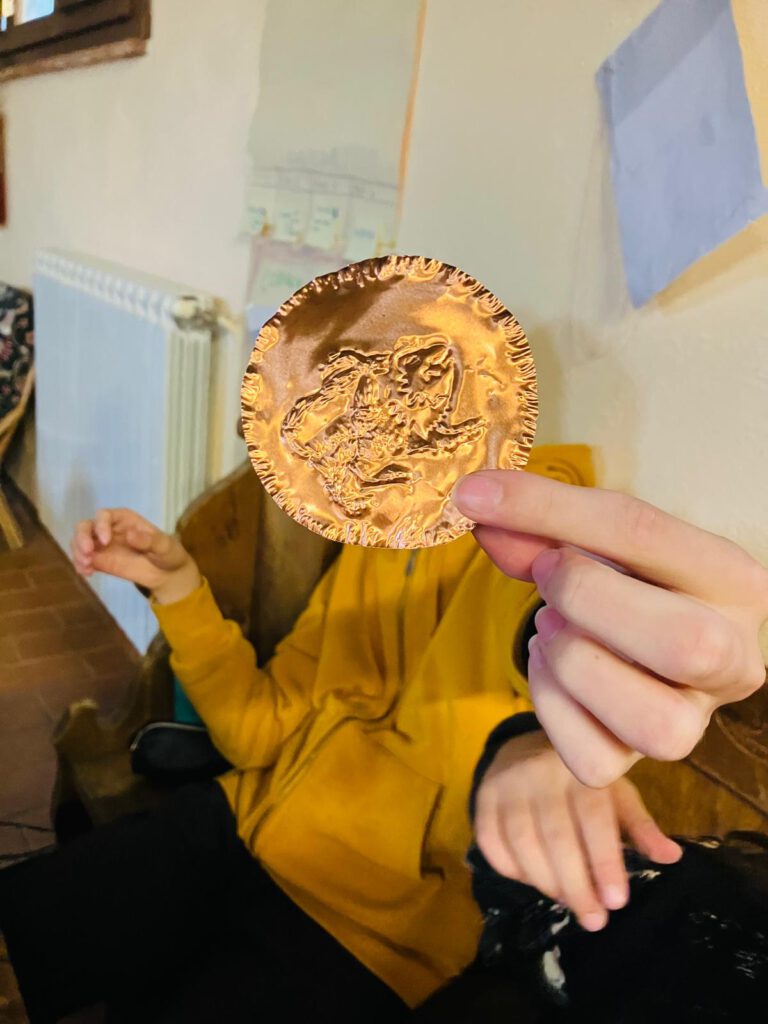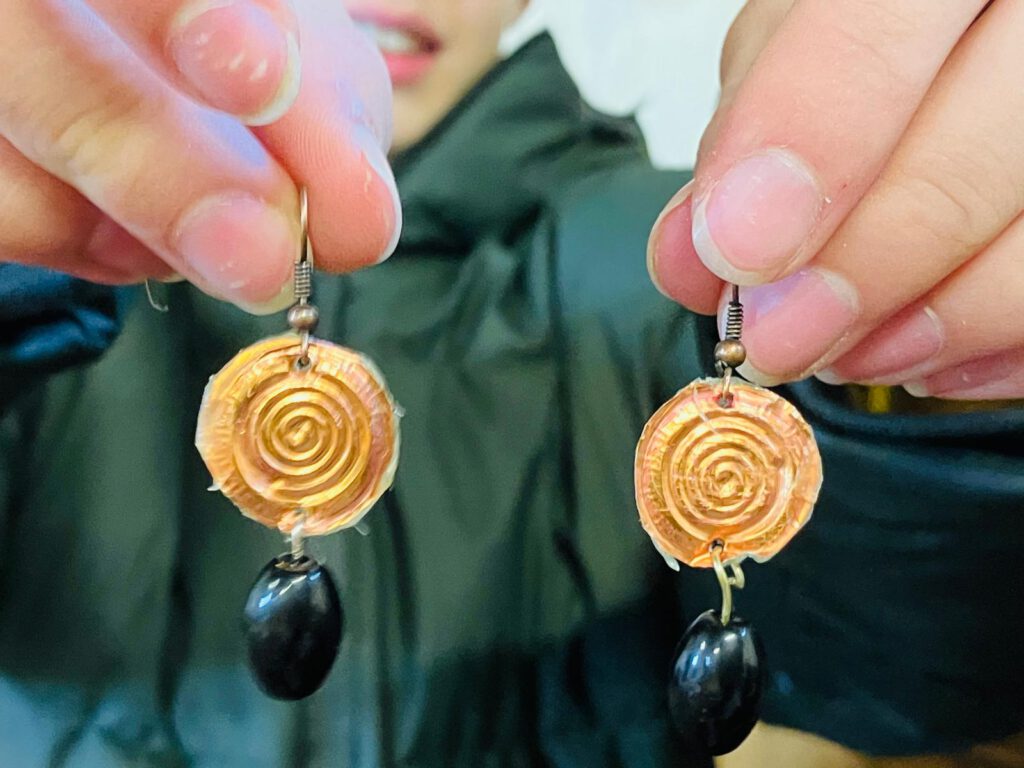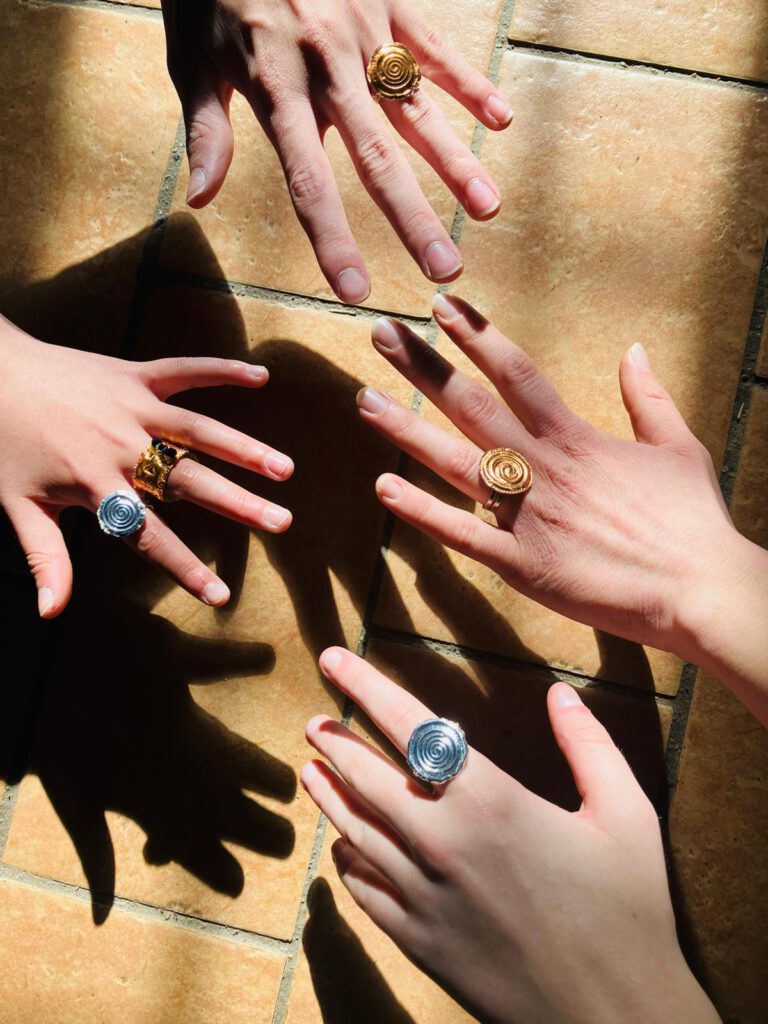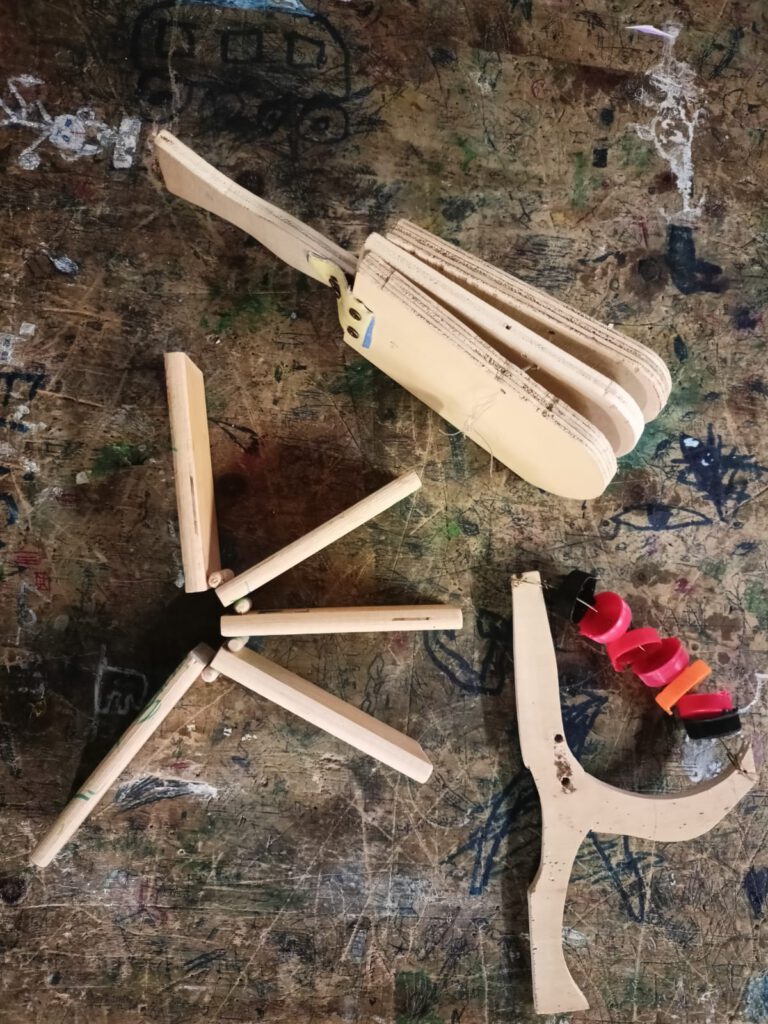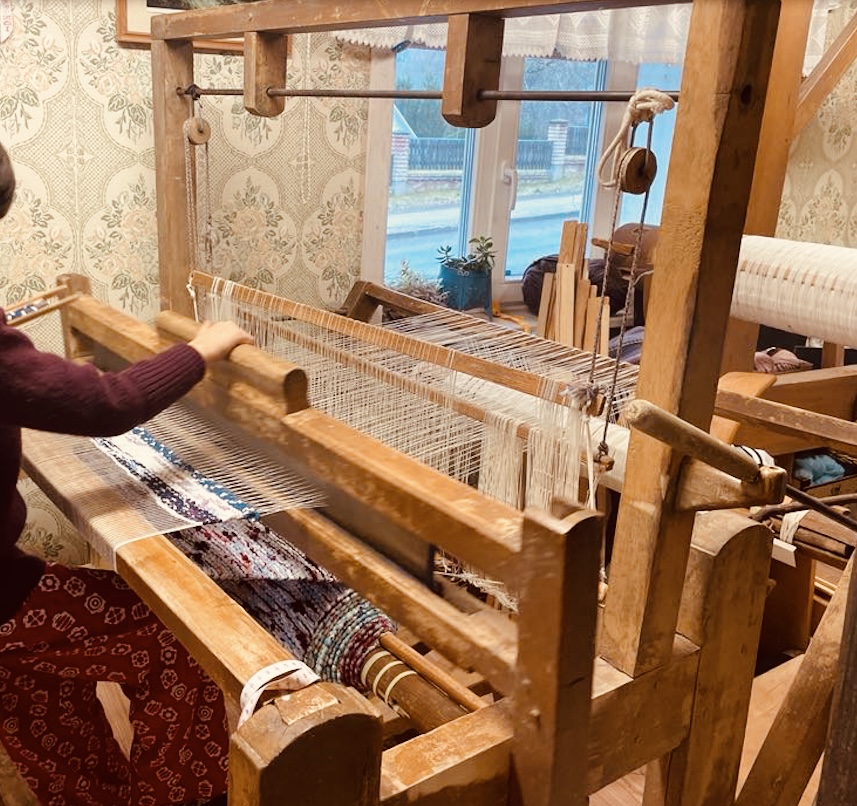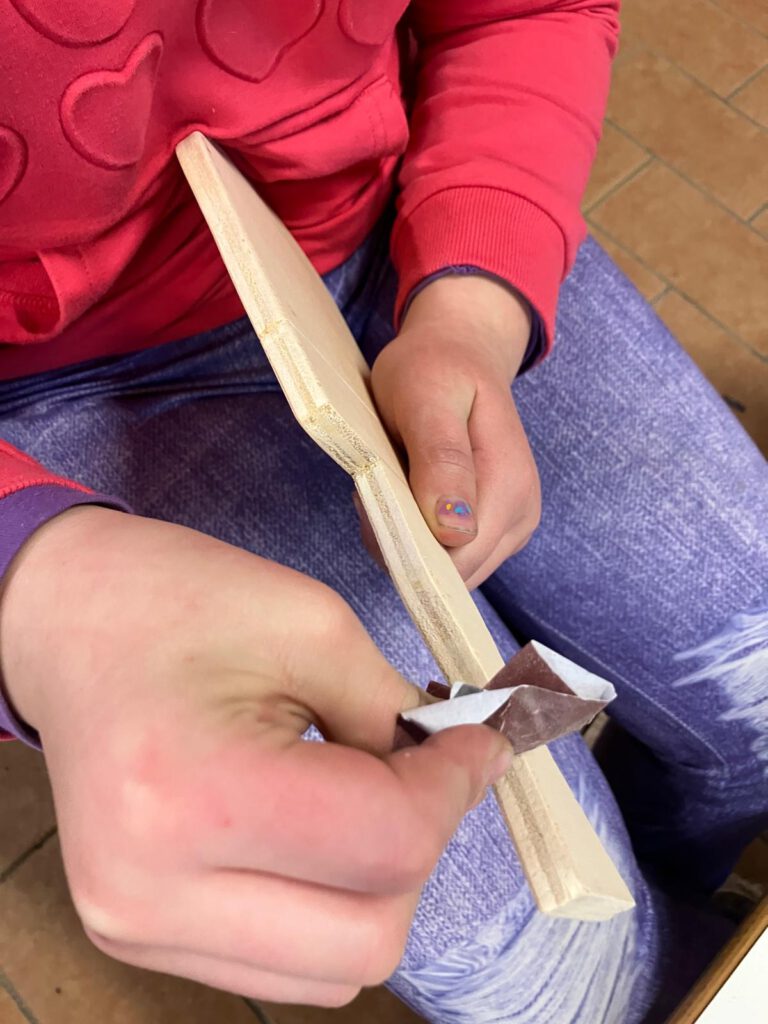Giochi tradizionali di Legno (ITALY) Part I
Alexander proposed the realization of the game of 15 which is a classic puzzle game created in 1874 by Noyes Palmer Chapman, a letter carrier on duty in Canastosa, and popularized in 1891 by samuel Loyd.The game consists of a square-shaped board, usually made of plastic or wood, divided into four rows and four columns (thus sixteen positions), on which are placed fifteen square tiles, numbered progressively from 1. The tiles can slide horizontally or vertically, but their movement is limited by the existence of a single blank space. The aim of the game is to rearrange the tiles after “shuffling” them randomly; the position to be reached is the one with the number 1 at the top left and the other numbers following from left to right and from top to bottom, up to 15 followed by the empty square. The children began by squaring the wood to be cut through the use of a carpenter’s square and marked with pencil all the dowel cuts needed for the game. Afterwards, Alexander explained and showed the correct use of the hand saw with which all the boys cut the 15 dowels. After cutting, the dowels were sanded with sandpaper of different weights, first a larger weight was used to remove impurities from the larger cut wood and then finished with a much finer weight. At this point we got 15 squares sanded and ready to be painted by the children, each with their own imagination, where the numbers one to fifteen were made. Same procedure to make the game frame, first they did the cutting, then the sanding and finally the painting. We prepared all the materials needed to assemble the game and put them together.
Giochi tradizionali di Legno (ITALY) Part I Read More »


